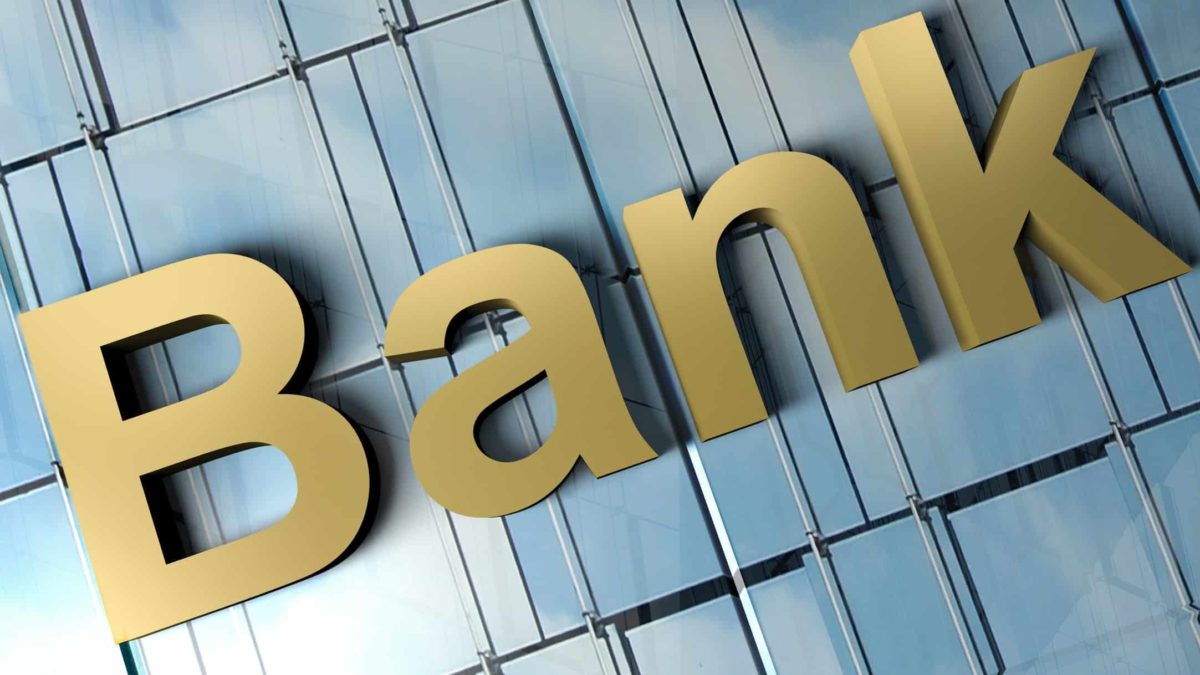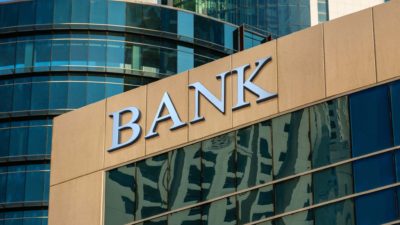Is the National Australia Bank Ltd (ASX: NAB) share price a COVID-19 recovery buy idea?
Well, it has already gone up a fair bit. Over the past year the NAB share price has risen by 62% and in the last six months it has increased by 41%.
Things have really turned around for NAB over the last 12 months
Just under a year ago, NAB revealed its FY20 half-year result which showed $1.4 billion of cash earnings – down 51.4%. Excluding large notable items of $1 billion, cash earnings were $2.47 billion, down 24.6%.
Credit impairment charges increased 158.6% to $1.16 billion with a $828 million increase of its collective provisions. At the time, NAB said it had approved more than 70,000 home loans and 34,000 business loans for deferral of repayments.
The most recent insight we've been given into NAB's operations has been the FY21 first quarter result which showed $1.65 billion of cash earnings. That was 47% higher than the FY20 second half quarterly average, primarily driven by low credit impairment charges.
NAB said that at an underlying level, performance was sound in the current competitive, low interest environment. Cash earnings growth was 1% in the FY21 first quarter, compared to the first quarter of FY20.
The second half of FY20 saw credit impairment charges of $1.6 billion. But the FY21 first quarter saw just $15 million of credit impairment charges.
How is the loan book performing?
NAB said its asset quality remained broadly stable over the first quarter of FY21, with the ratio of 90+ days past due and gross impaired assets to gross loans and acceptances declining 2 basis points to 1.01%.
However, the ratio of 90+ days past due and gross impaired assets to gross loans and acceptances increased by 17 basis points to 1.18%, mainly due to missed payments relating to the large cohort of home loan customers exiting deferrals in October 2020.
As at 31 December 2020, Australian home loan deferral balances have declined to approximately $2 billion and Australian business loan deferrals have declined to approximately $1 billion. Those balances compare with peak deferral balances of $38 billion for home loans and approximately $19 billion for business loans.
NAB explained that current asset quality trends for customers exiting deferrals are worse for the total portfolio but better than expected at this stage. Most customers have resumed payments (more than 90% of balances), but a small cohort require additional assistance.
NAB's balance sheet remains 'unquestionably strong', to use APRA's benchmark, with a common equity tier 1 (CET1) capital ratio of 11.7%.
The CEO of NAB, Ross McEwan, said:
Improving economic and health outcomes in Australia and New Zealand are encouraging, as are the reductions we are seeing in deferral balances. However, there are still a number of uncertainties requiring further clarity. These include the impact on customers of ongoing health alerts and measures put in place to contain the spread of COVID-19 and the wind-down of deferral and jobkeeper programs.
Is the NAB share price a buy?
The broker Credit Suisse rates NAB shares as a buy, but with a price target of $27 – so that suggest little upside over the next 12 months. The improvement of the NAB loan deferral situation is a positive.
Credit Suisse thinks NAB is trading at 16x FY21's estimated earnings with a grossed-up dividend yield of 5.8%.
Broker Morgan Stanley has a neutral rating on NAB shares, with a price target of $25.30. That suggests that the NAB share price is going to fall over the next year. Low growth of the loan book is something the broker is keeping an eye on.








